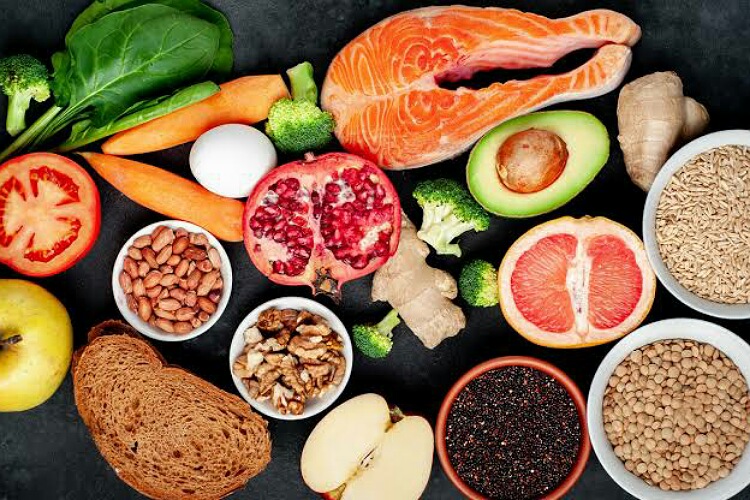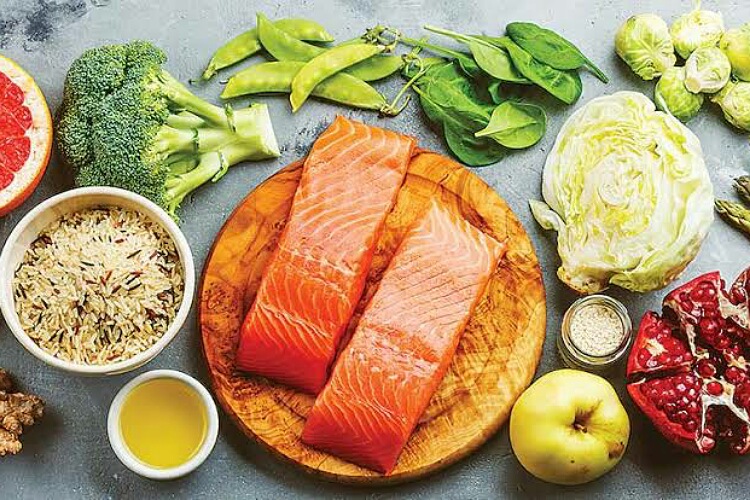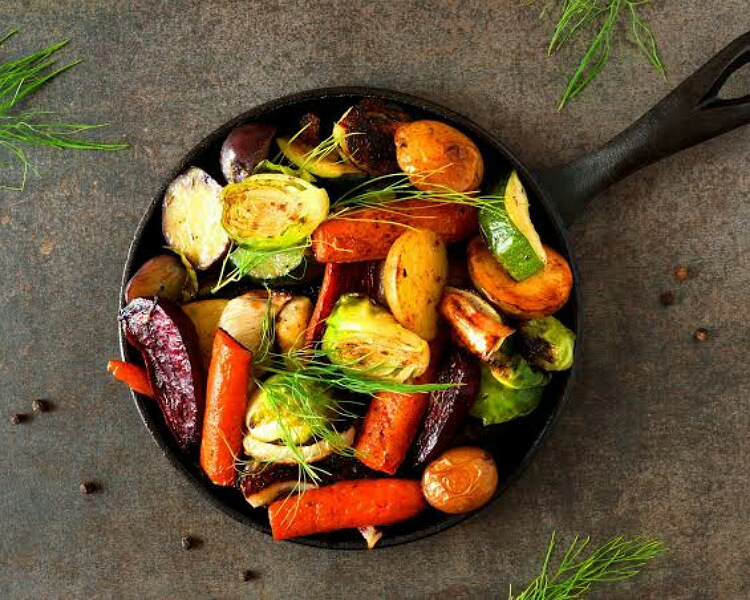Mediterranean diet is healthy. But there is another diet that is very close to this diet. It is called the Nordic diet.
Moreover, during this time of global economic problems, the Nordic diet plan is also cheaper to suit all pockets.
What is a Nordic diet?
The popular Mediterranean diet stresses healthy foods. In it, there is a limitation of processed foods and red meat. It is a healthy and balanced diet plan for all ages.
Something similar to that is the Nordic diet. In it, the emphasis is on having locally available seasonal foods. This implies eating berries in spring, chard in winter, and courgette in summer.
Small amounts of saturated fats and processed meat are allowed. In it, one can consume fruits, berries, all types of vegetables, whole grain products, fish, and game. But milk and milk products, meat and poultry are to be less in this diet.

British dietitian Lola Biggs states:
“Both the Mediterranean diet as well as the Nordic diet incorporate a greater amount of omega rich, fatty fish such as sardines and these are heart healthy.”
Nordic vs Mediterranean diet
Lola explains that the fruits, vegetables, and fish in Nordic are different from those in the Mediterranean diet.
The former diet has more quantities of heartier foods found in colder climates like root vegetables (beets, carrots, and turnips), fruits such as plums, apples, and berries, and fish such as herring. In this diet, there are also more fermented foods.
These include fermented fish and fermented dairy products such as kefir. This ensures a healthy gut through its probiotic action.

On the other hand, the Mediterranean diet has more of warmer climate foods such as melons, figs, aubergines, tomatoes, and red peppers. Further, Lola elaborates on the differences:
“Both diets are generally healthy as they tend to limit the number of processed foods and saturated fats. One of the biggest differences between the two diets comes down to the oil they use.”
“The Mediterranean diet use extra virgin olive oil while the Nordic diet uses canola oil from the rapeseed plant. Both are excellent sources of heart healthy unsaturated fats and boost good cholesterol.”
The Nordic type of diet is affordable and relatively cheap because of lentils, beans, and whole grains consumption.
Seasonal foods
In the Nordic type of diet, seasonal foods are opted for. Therefore, they are fresh and retain most of the nutrients that might be lost with storage. It is also cheaper in the season time.
The best part of this diet is that there is no eating of ultra-processed foods ( cakes, chocolates, and fizzy drinks).

Spring foods include melons, berries, peaches, cherries, and vegetables such as broccoli, asparagus, fennel, and artichokes.
And in summer, there is an abundance of grapes, apples, mangoes, aubergine, watermelons, maize, courgette, and bell peppers.
While in autumn, it can be pomegranates, cranberries, pears, coconuts, cauliflower, butternut squash, mushrooms, and swiss chard. Winter foods are pineapple, kiwi, grapefruit, dates, Brussels sprouts, cabbage, celery, carrots, etc.
Read more: Mediterranean style diet: The healthy diet pattern your favorite celebrities are in love with!
Scandinavian countries have a lot of fermented foods in their diet. These include fish and milk that is fermented. In Sweden, the fermented milk is called filmjölk and in Iceland, it is called Skyr.
Sauerkraut, kefir, pickles, kombucha, tempeh, miso, and the common yogurt are other fermented foods that people consume there.
